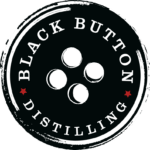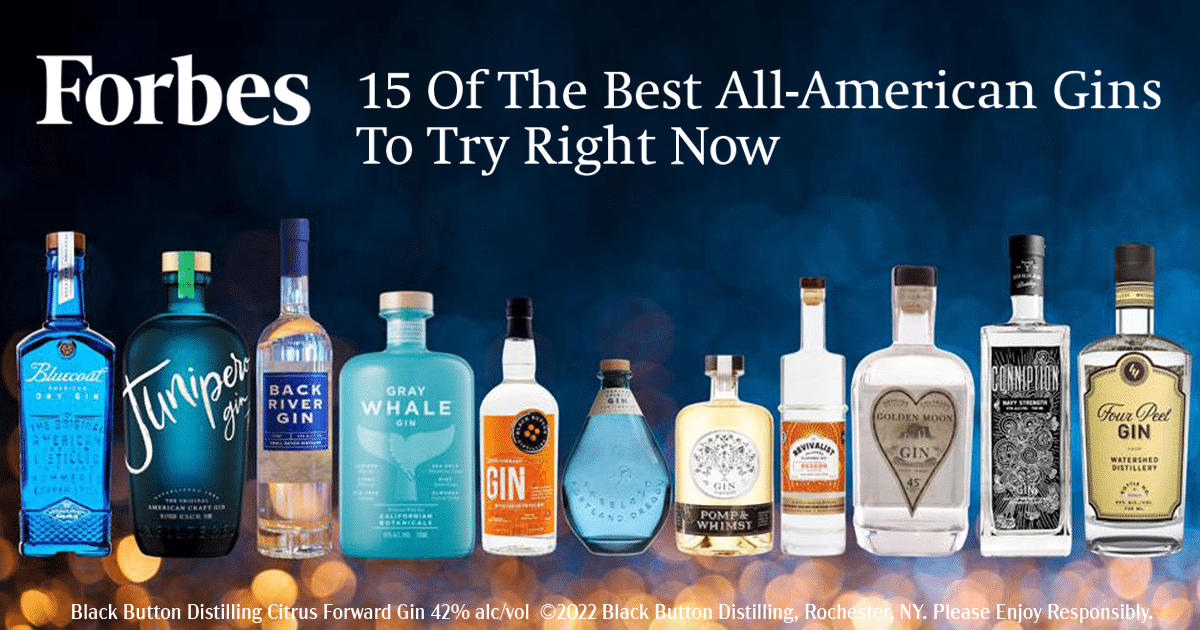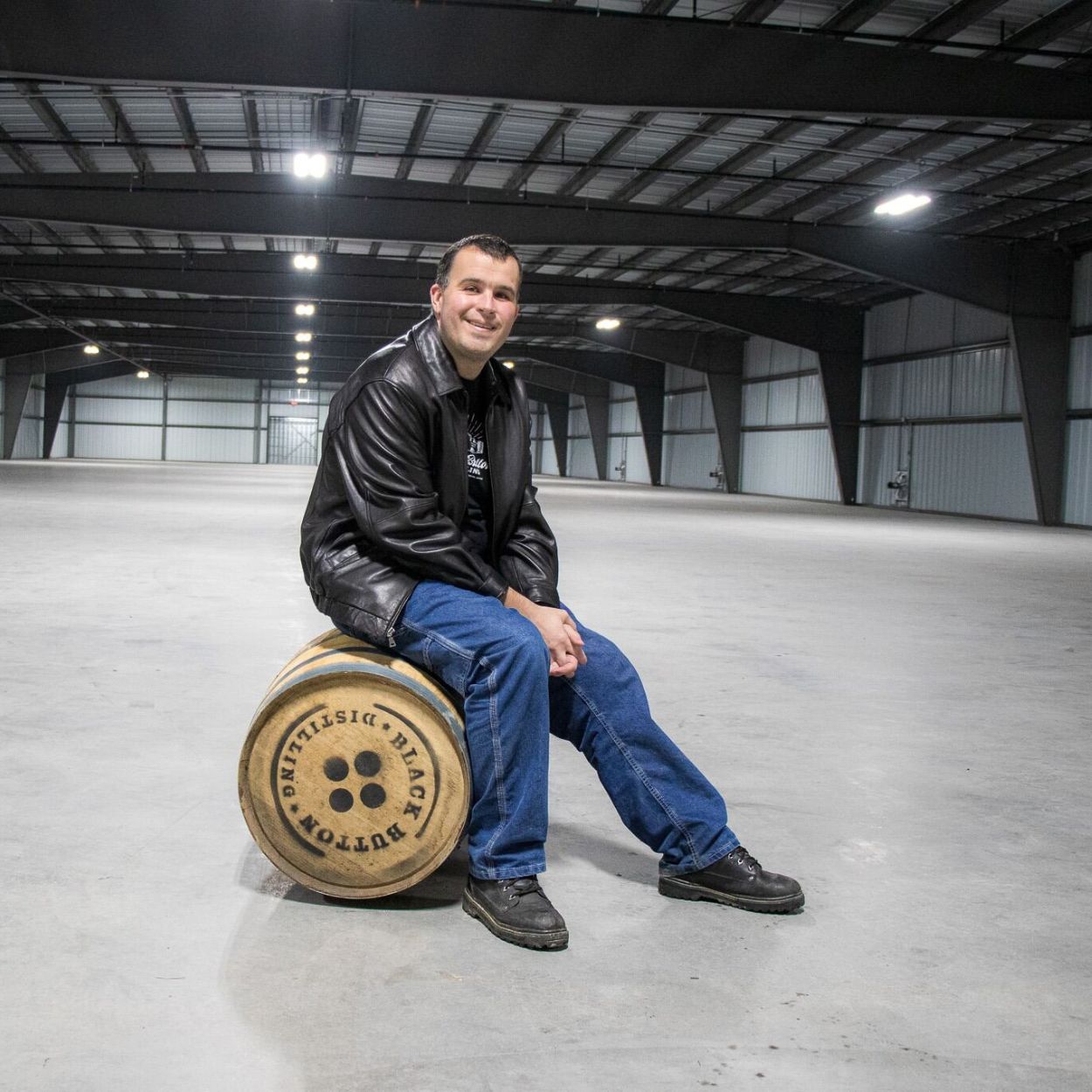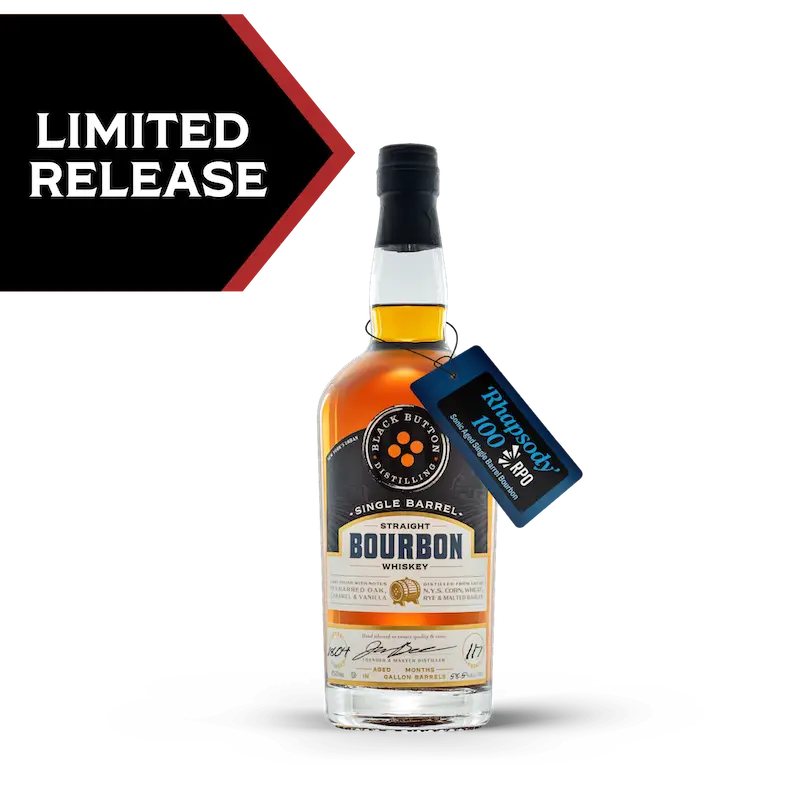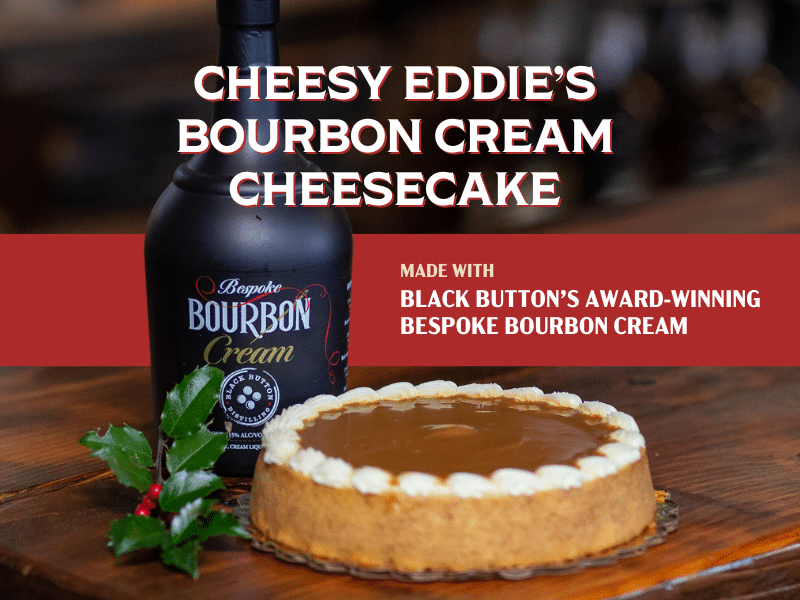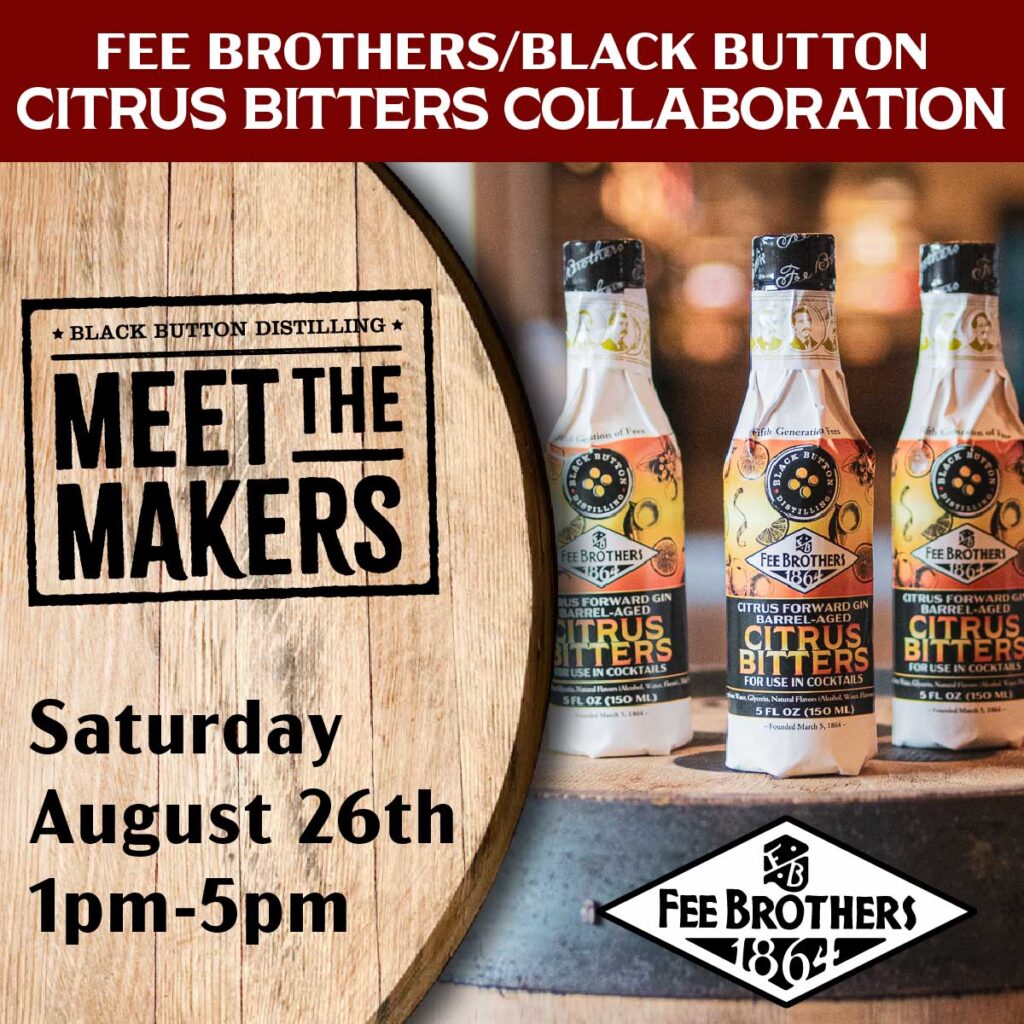Menu
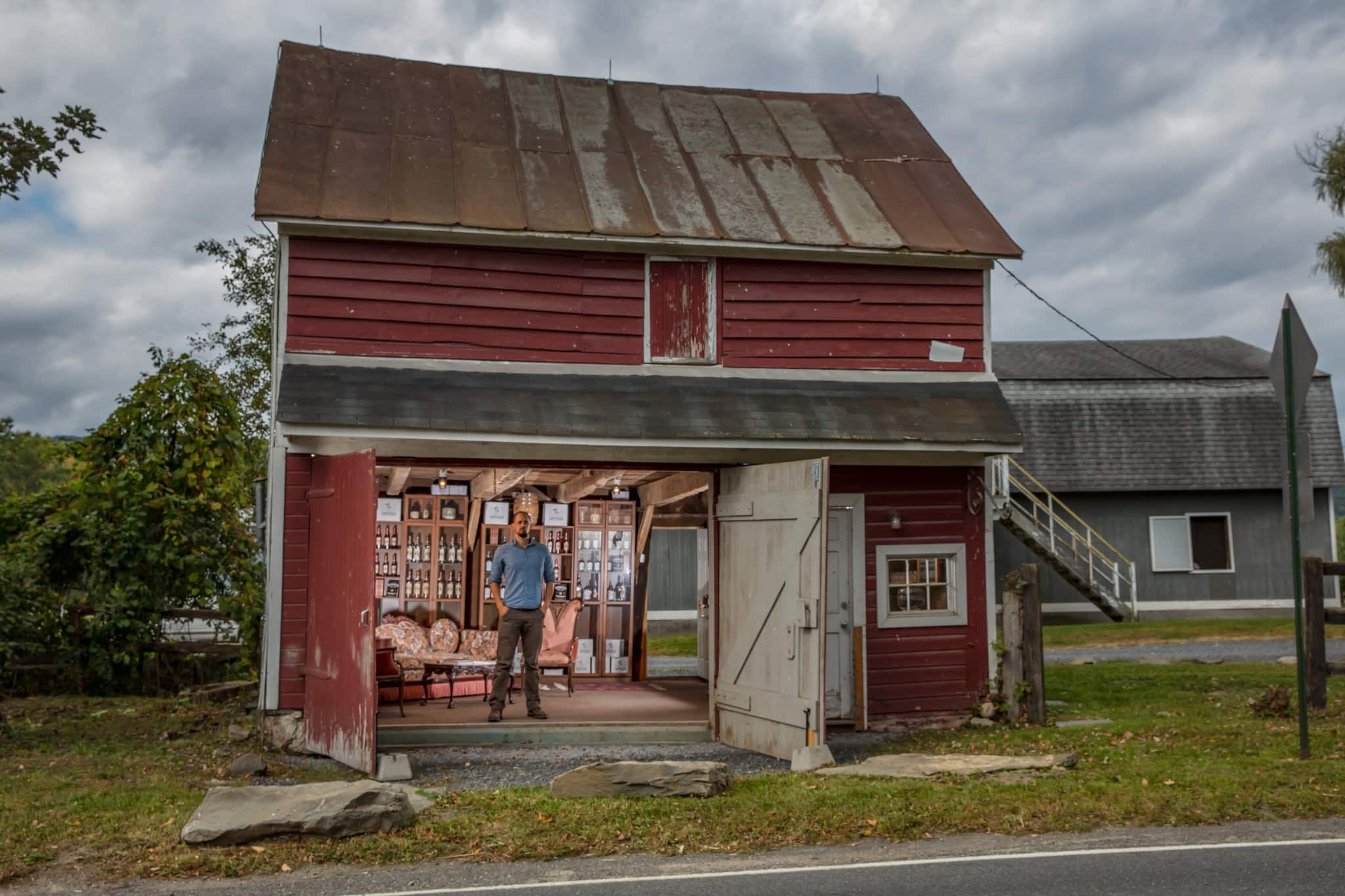
You’ve Heard Of Tennessee Whiskey? Meet New York State Rye

You’ve Heard Of Tennessee Whiskey? Meet New York State Rye
ROCHESTER BUSINESS JOURNAL
Written by Thomas Adams
September 27, 2013
THE NEW YORK TIMES
By Clay Risen Oct. 16, 2017
NEW PALTZ, N.Y. — Christopher Williams, intense, wild-eyed and with a face bracketed by a shaggy goatee and wire-rimmed glasses, looks more like a revolutionary than a whiskey distiller.
In fact, he’s a bit of both. This month, led by Mr. Williams, nine New York State craft distilleries — including his Coppersea Distilling — will each introduce a whiskey labeled Empire Rye, creating a new style of whiskey to help them break from the pack in an increasingly crowded craft spirits market.
Empire Rye — an appellation that requires, among other things, that distillers use New York State grain and age their whiskey for at least two years — represents a novel turn in American distilling. At a time when bourbon is made by small distillers in 48 states, Mr. Williams and his co-conspirators are betting that consumers will buy into the idea of a spirit distinguished by its regional pedigree, in the same way that millions of drinkers worldwide identify Jack Daniel’s as Tennessee whiskey, or Château Latour as Bordeaux wine.
“My vision is that bars and liquor stores and the public will see this as a mark of authenticity, and that as a category Empire Rye can be mentioned in the same sentence as Kentucky bourbon, Tennessee whiskey or Scotch,” said Mr. Williams, who grows a significant amount of his own grain in the fields behind his distillery on the outskirts of this Hudson Valley college town.
Empire Rye is a potential answer to a problem born of craft distilling’s phenomenal success: Ten years ago there were about 100 companies making spirits in the United States; today there are nearly 1,400, according to the American Distilling Institute. “You have all these distilleries, all going the same way, so there’s no touchstone,” Mr. Williams said. “When you walk up to the craft shelf, you have no idea what to think about, what it means.”
At the same time, craft distillers, like chefs, are thinking more about the sources of their raw ingredients, the stories behind what they’re making and their relationships to their communities.
That’s why some of the country’s more forward-thinking distillers are looking toward regionalization, creating new subspecies like Pacific Northwest single malts or mesquite-smoked whiskey in the Southwest.
But no one has gone as far as the people behind Empire Rye.
The idea began three years ago at a craft-spirits conference in Denver. Mr. Williams was up late drinking with a who’s who of New York craft distilling — including Tom Potter, a founder of New York Distilling Company in Brooklyn; Nicole Austin, then a distiller at Kings County Distillery, also in Brooklyn; and Brian McKenzie, an owner of Finger Lakes Distilling in Burdett, N.Y. — when the conversation turned to their state’s exploding whiskey scene.
New York is one of the leading states for craft distilling, thanks to a 2007 law, championed by Ralph Erenzo, the founder and owner of Tuthilltown Spirits in Gardiner, that eased fees and other regulations on new operations that use mostly New York grains and fruits. Today the state has more than 100 distilleries — which is good news for craft spirits fans and the farmers who supply ingredients, but worrisome for a distiller looking at all that undifferentiated competition.
The discussion in Denver soon settled on the need for a distinguishing set of standards, a way to define New York rye and an incentive for other distillers to follow suit. “We shook hands, bleary-eyed, and decided to do something,” Mr. Potter said.
Before a distillery can put an official Empire Rye sticker on its label, its whiskey must meet four criteria. At least 75 percent of its grain must be New York-grown rye. It must be distilled to no more than 160 proof; put into a barrel at no more than 115 proof (which is below the industry standard of 125 proof); and aged at least two years in charred, new oak barrels.
That may sound strict, but it leaves a lot of room to play around. This month, each of the original six members of the Empire Rye consortium — Coppersea, Tuthilltown, Black Button Distilling, New York Distilling, Kings County Distillery and Finger Lakes Distilling — will release a different take. Coppersea’s, for example, is made with 100 percent malted rye; Black Button’s contains 95 percent unmalted rye and 5 percent malted barley. (Three more distilleries have since signed on.)
“Every distillery has a chance to hit the standards,” Mr. Potter said, “but also to experiment.”
To get out the word on Empire Rye, the distilleries have declared this week New York Rye Week, and are staging numerous events in New York City. It doesn’t hurt that William Grant & Sons, the company that makes Glenfiddich and the Balvenie single malt whiskies in Scotland, just bought Tuthilltown — and is eager to promote Empire Rye as well.
Why rye? The distillers say that, for all its current cachet among bartenders and whiskey fans, rye remains largely unappreciated by most Americans, and thus especially ripe for innovation.
Rye was once a dominant American spirit, especially on the East Coast, where the hardy grain grew better than corn or barley, and where many drinkers knew regional styles like Maryland Rye or Old Monongahela, from Pennsylvania, by name.
But during Prohibition, Americans lost their taste for the spirit’s robust, spicy notes, and until recently almost all rye was made in Kentucky, with barely enough of the grain to qualify. (By law, at least 51 percent of the grain in rye whiskey must be rye; the rest is usually corn.)
“A lot of knowledge was lost in Prohibition,” said Jason Barrett, the head distiller and president of Black Button. “It set American whiskey back a hundred years.”
Over the last decade, American palates have once again embraced rye’s strength, but the lack of variety in craft ryes leaves a door open for initiatives like Empire Rye.
Empire Rye is a rare effort to define a regional identity for a whiskey, but New York is far from the only place with an emerging whiskey style. There is increasing talk about a Pacific Northwest style of single malt made with malted barley, from producers like Westland Distillery in Seattle and House Spirits Distillery in Portland, Ore.
Matt Hofmann, the master distiller at Westland, has been working with university agriculture departments to identify barley varietals that will flourish in the Northwestern climate; he has also used a regional variety of oak, the Garry or Oregon white oak, to make barrels for aging.


